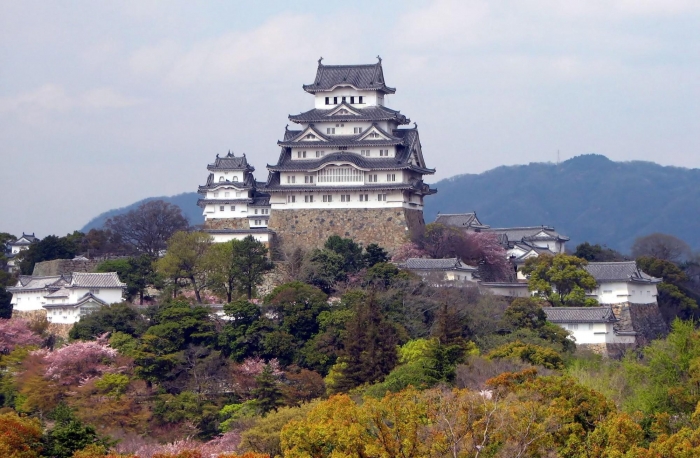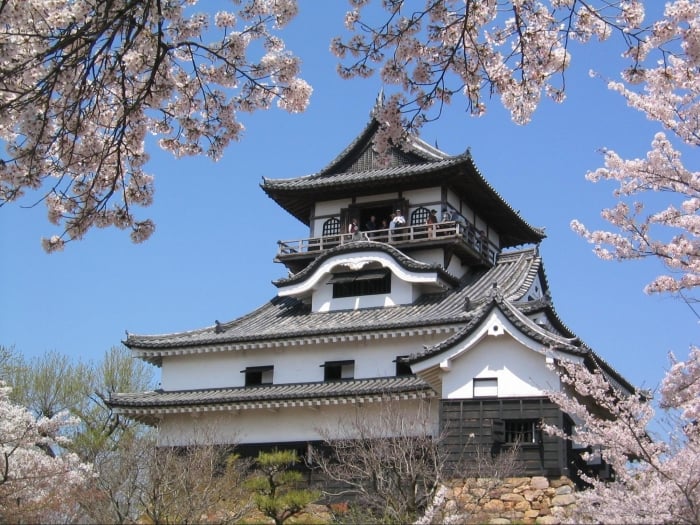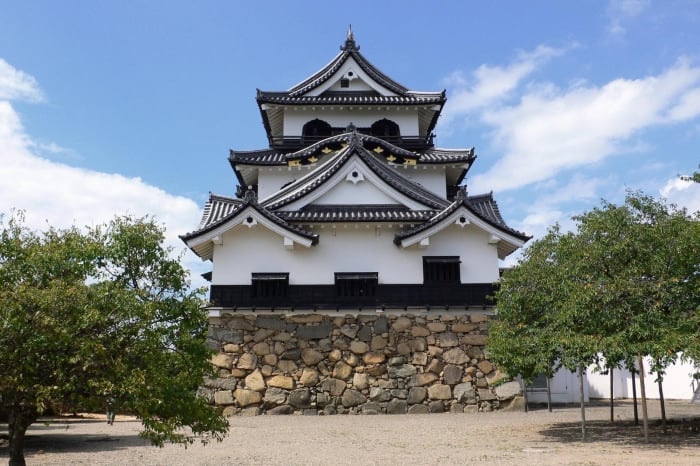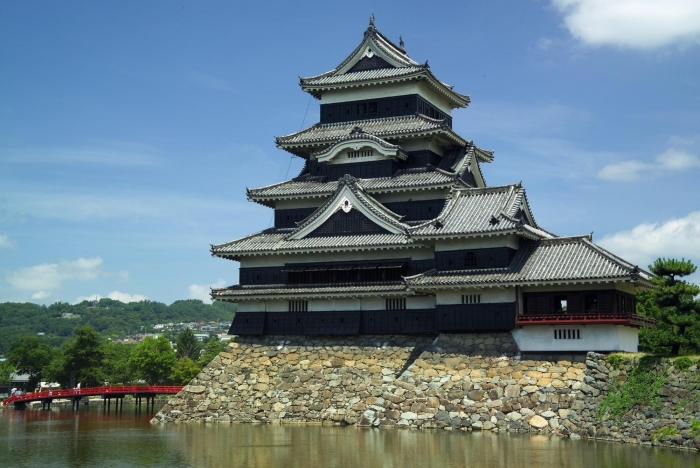Japan certainly has no shortage of spectacular castles. They stand as testaments to the nation’s incredibly rich heritage and history spanning many centuries. Unfortunately, many of these castles are modern recreations built on the site of the original structures.
Japanese castles were primarily constructed out of wood, unlike the stone castles of medieval Europe, and this meant that they were far more susceptible to the ravages of both nature and man.
There are, however, a small number of original Japanese castles which have stood the test of time. These are among the most beautiful living treasures of the past to be found in Japan, so let’s take a look at some of them!
1. Himeji Castle

Himeji Castle in Hyogo Prefecture is the most famous and iconic castle in all of Japan, and it’s easy to see why. Dating back to the 14th century, the castle shines a breathtaking white and stands at a height of 46.4 metres. It is both the largest and most visited castle in the country, covering an area of 233 hectares. Originally constructed by the samurai Akamatsu Norimura in 1333, the castle was modified and expanded upon over the following centuries.
The castle is noted for its complex defences and labyrinthine structure to deter potential attackers. Contemporary visitors still get lost, but the threat of being struck by an arrow has thankfully passed!
In the latter half of the 19th century, the castle no longer served a practical purpose and was considered for demolition, but luckily this didn’t occur as the potential for tourism was coming to light. UNESCO declared Himeji Castle to be a World Heritage Site in 1993, making it one of the most historically valuable locations in all of Japan. The castle underwent major restoration work between 2010 and 2015 but has now reopened to the public looking more amazing than ever.
2. Inuyama Castle

Situated in Aichi Prefecture, Inuyama Castle stands overlooking the Kiso River, which serves as a natural boundary between Aichi and Gifu and is sometimes referred to as the Japanese Rhine. The castle was completed in 1440 and took on its present form following additions built in 1620.
The castle functioned as the power base of the Naruse clan, who served as retainers of the rulers of the feudal Inuyama Domain. Complete suits of samurai armour and other artefacts reflecting this history adorn the castle’s walls.
Travellers must remove their shoes within the castle in order to preserve the interior as they make their way up the steep steps to the keep. From there, they are treated to a wonderful view of both the river and the expanse of Gifu Prefecture off in the distance.
3. Hikone Castle

The city of Hikone lies in Shiga Prefecture on the eastern shore of Lake Biwa, the largest freshwater lake in all of Japan. Construction of Hikone Castle was completed in 1622 and it served as the seat of regional power for feudal lords for more than two and a half centuries. Much like the other surviving castles, it was considered for demolition but was spared its fate due to the direct intervention of Emperor Meiji who had toured the area and was extremely impressed by the complex.
The grounds of Hikone Castle serve as an excellent spot for watching the cherry blossoms in bloom during spring. There is also a museum containing many authentic artefacts from the castle and its surrounding domain. The original keep is fully retained and features a combination of different architectural styles which flourished during the feudal period.
4. Matsumoto Castle

Popularly known as “Crow Castle” due to the striking black walls of its exterior, Matsumoto Castle can be found in Nagano Prefecture to the west of Tokyo, making it viable as a day trip from the capital. Limited express trains depart from Tokyo’s Shinjuku Station on a daily basis and it takes approximately two and a half hours.
The castle’s history goes back to the Sengoku period when it was originally known as Fukashi Castle. During the feudal period, it was the residence of a long succession lords who represented six different powerful families.
A Taiko Drum Festival is held every summer on the castle’s grounds, as is a Noh theatre festival. The second floor of the keep features a gun museum, Teppo Gura, where you can peruse a collection of firearms, armour and other weapons.
5. Kochi Castle

Kochi Castle can be found in Kochi City, which in turn can be found in Kochi Prefecture. That’s easy to remember! It was built by Yamanouchi Kazutoyo, who fought on the winning Tokugawa side of the Battle of Sekigahara, which is possibly the single most important battle in Japanese history.
Today the castle’s grounds are part of Kochi Park, a large area of greenery within the city which is open to the public free of charge. The Kochi Literary Museum is located within the park and is designed as if it is part of the castle’s walls.
Kochi is the only castle in Japan where all the structures comprising its main building have been successfully preserved. Perhaps the most notable feature of the castle is its huge and imposing Otemon Gate at the main entrance. Another rather interesting feature are the spikes embedded in the northeastern tower’s walls. They functioned as “ninja repellents!”




